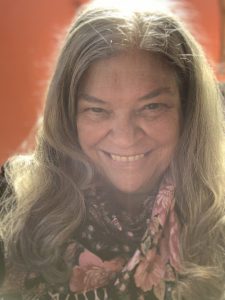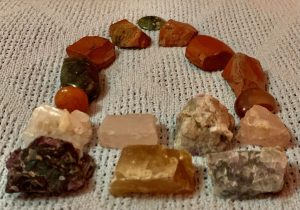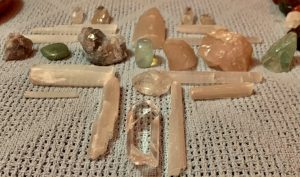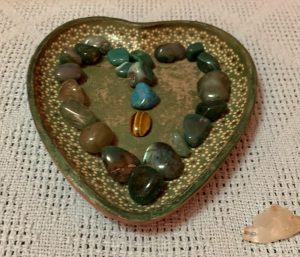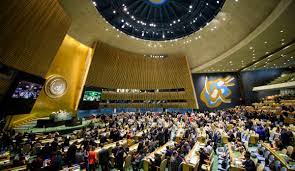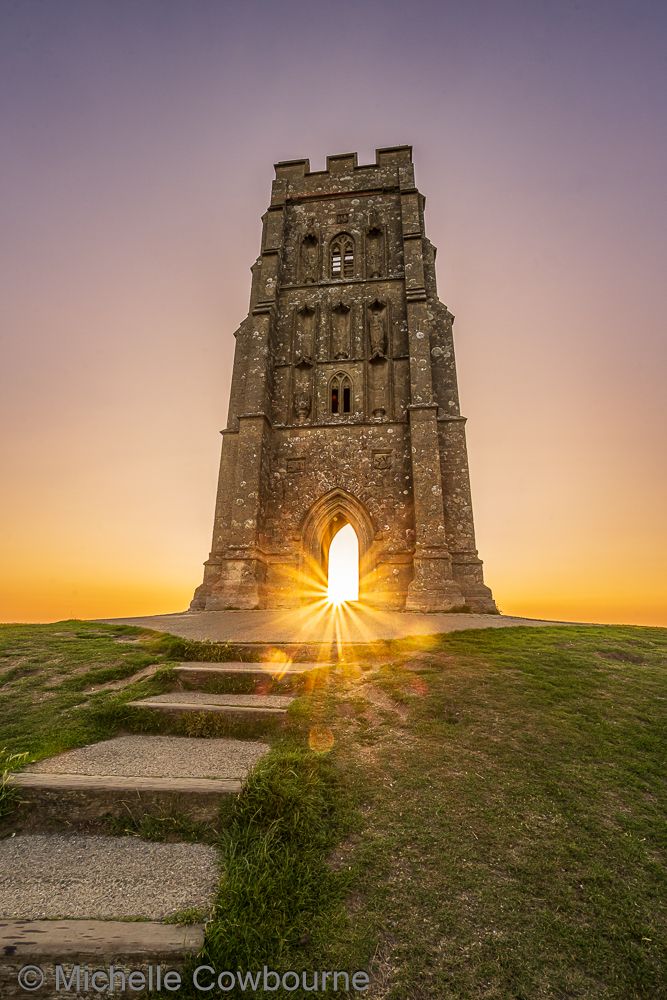
Happy Solstice my friends who are reading this. Today I participate in celebrating Solstice with Soleria and Santari Green who are posting from Glastonbury Tor in England, and fifty or so other people who are participating in the Global Alliance of Modern Day Alchemy’s event today.
I’m listening to a bird chirping outside my window in the neighbor’s tree that I can see the top of from over the wall, and a rooster is crowing in the distance. The air is alive with dancing molecules in a fine mist of impending rain.
I woke up thinking about China and Russia and what they will do to come to the aid of Iran. I don’t feel any angst about this war, though. It feels like a balancing and a reckoning.
I grieve the people who are dying on every side and in the war in Ukraine, too, but I am feeling the joy of living on this fine Solstice, of sleeping well, of enjoying the company of my cat, of drinking coffee and having clean floors throughout my house from sweeping and mopping, which I finished yesterday, a two-day operation. I want to move to a smaller house without so much upkeep.
How can grief and joy coexist? There’s an alchemy that purges and transforms emotions. It’s almost as though you must feel the grief and sorrow intensely first before it gets absorbed and washed away in the joy of life, of breathing, of existence, of our wonderful world.
When we are fully alive and feeling awe in the great presence of ourselves, we give meaning to the death and suffering, but we can also release and let it flow. There’s no dichotomy to our feelings, I am learning.
Our emotional energy field is more like a river. That’s the metaphor that has come into play in a major way for me in the past three months.
https://www.facebook.com/share/r/15fugDW56j/


